02:42
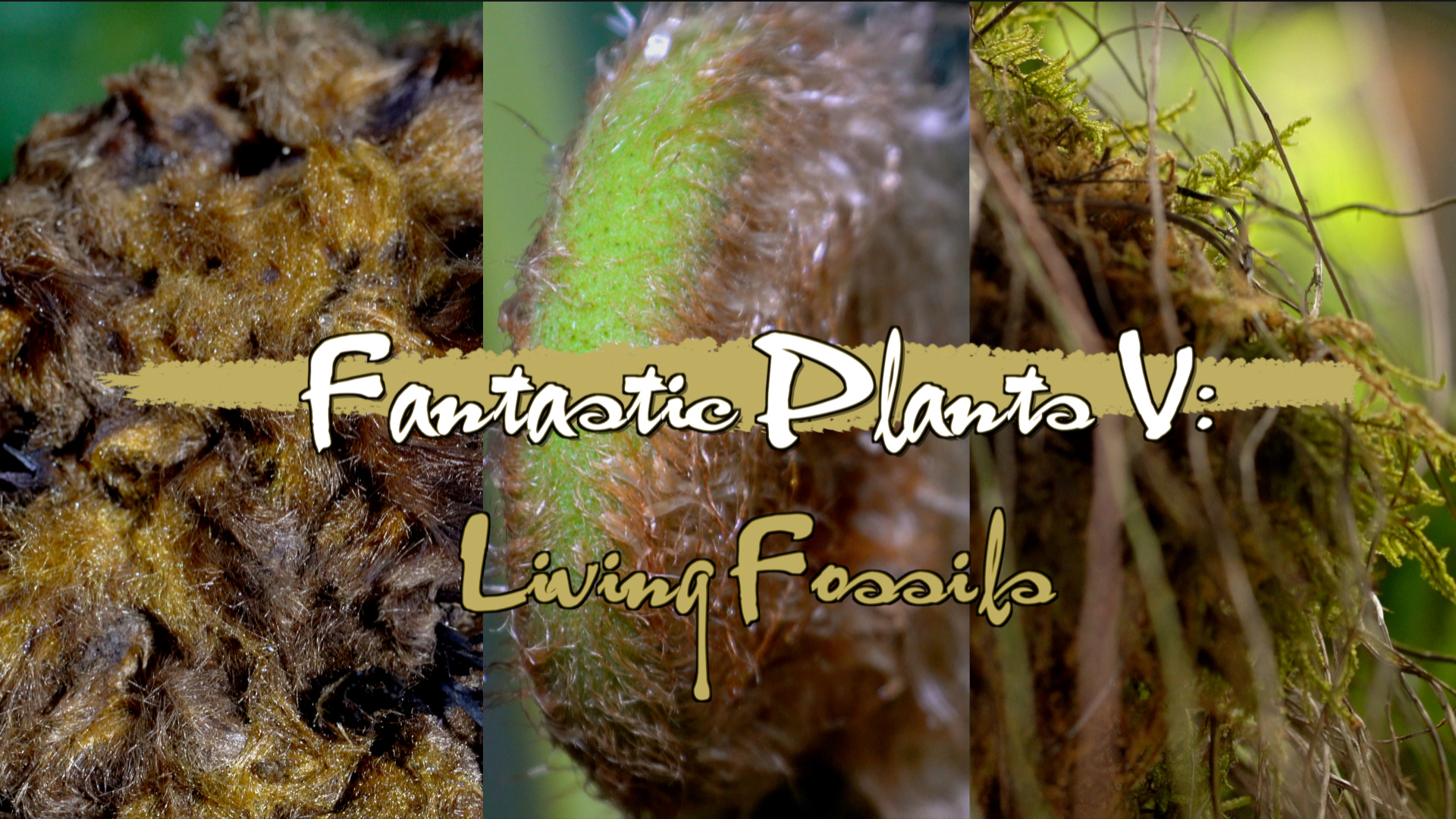
As one of the oldest existing plant lineages on Earth, ferns first appeared in fossil records about 360 million years ago (Mya) in the late Devonian period (419.2 Mya ~ 358.9 Mya). The number of known extant fern species is about 10,500, but estimates have ranged as high as 15,000. In this episode of Fantastic Plants, we will get a peek into this ancient and mysterious plant group through three distinctive ferns – Cibotium barometz, Sphaeropteris lepifera and Nephrolepis biserrata.
Native to China and Malaysia, Cibotium barometz, or the woolly fern, is connected to one of the most bizarre myths in history – the vegetable lamb of tartary.
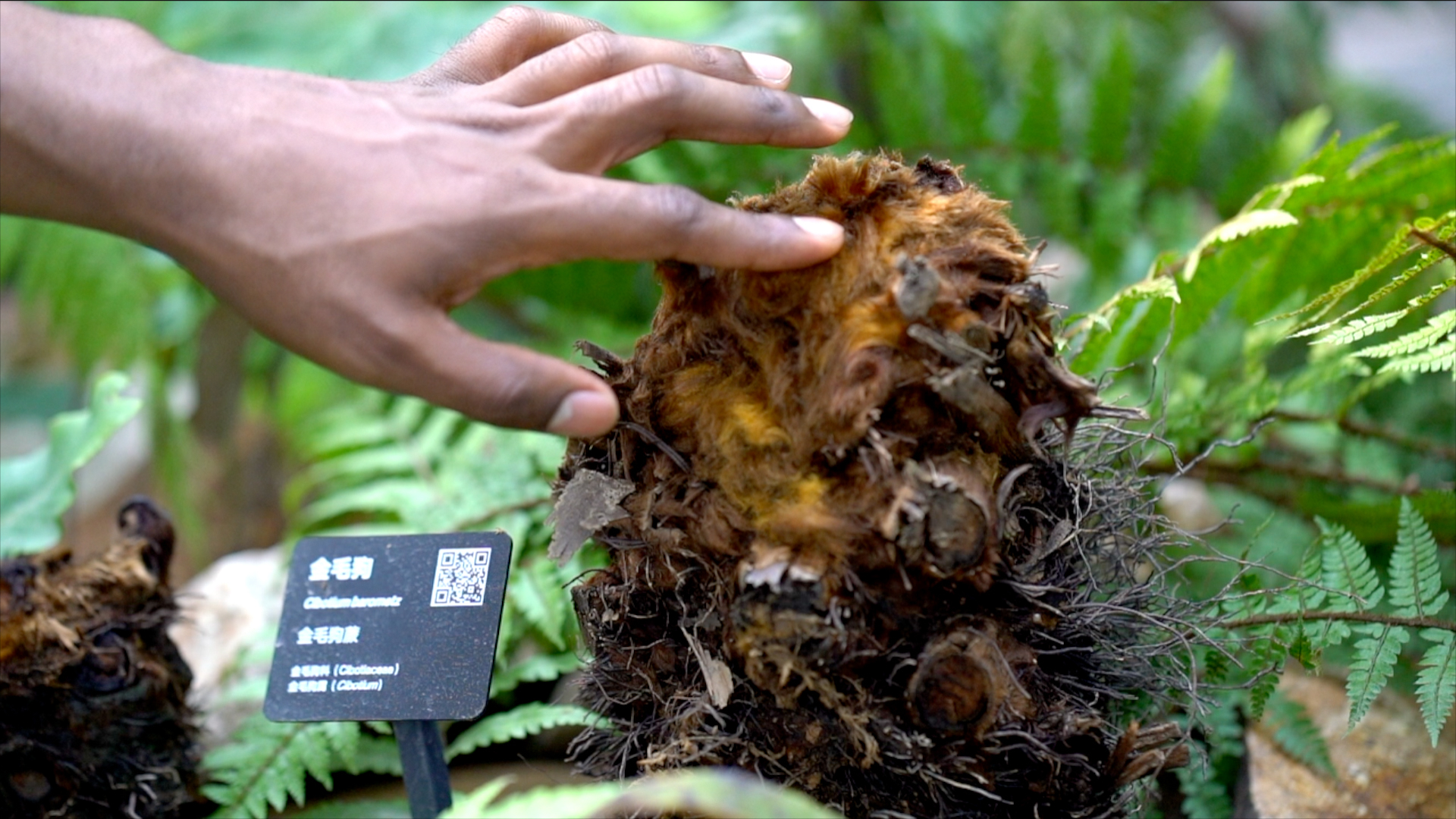
The furry rhizome of Cibotium barometz. /CGTN Photo
The furry rhizome of Cibotium barometz. /CGTN Photo
Back in the middle ages, there were tales of a plant in Asia that sprouted sheep. The sheep were attached to the plant by a stem similar to an umbilical cord and they fed on the surrounding grass. This was debunked around the 1600s, but take a look under the fronds of the fern and maybe the woolly rhizomes had a part in the tall tale.
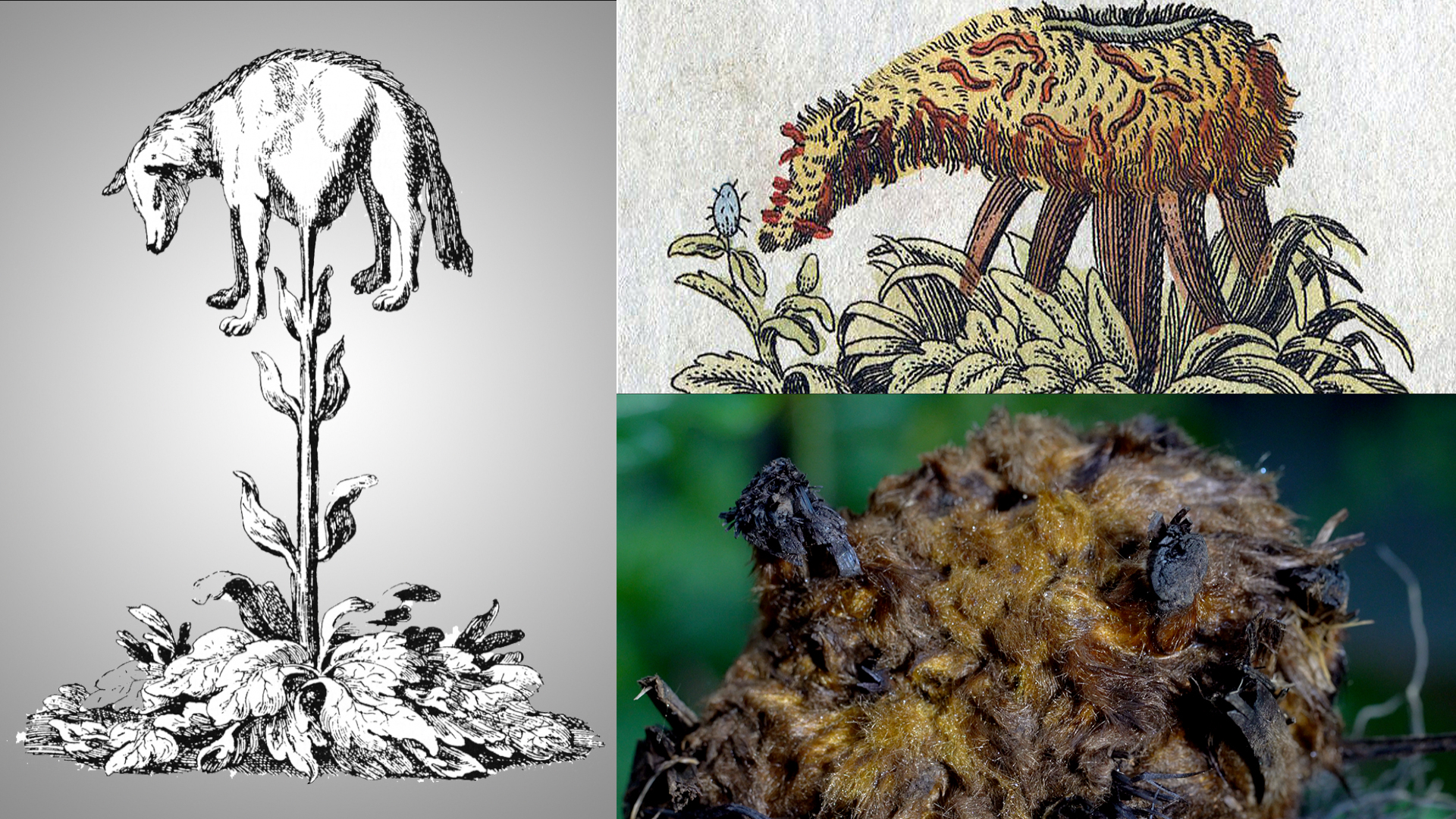
Demonstration of "the vegetable lamb of tartary" and furry rhizome. /CGTN Photo
Demonstration of "the vegetable lamb of tartary" and furry rhizome. /CGTN Photo
Apart from the myth, the fern also serves practical purposes, such as treating rheumatism and ulcers.
2. Sphaeropteris lepifera
Sphaeropteris lepifera is part of the Cyathea genus, which is the largest group of tree ferns with around 500 species. According to scientists, tree ferns date back to the Triassic Period, which is why they're known as living fossils.
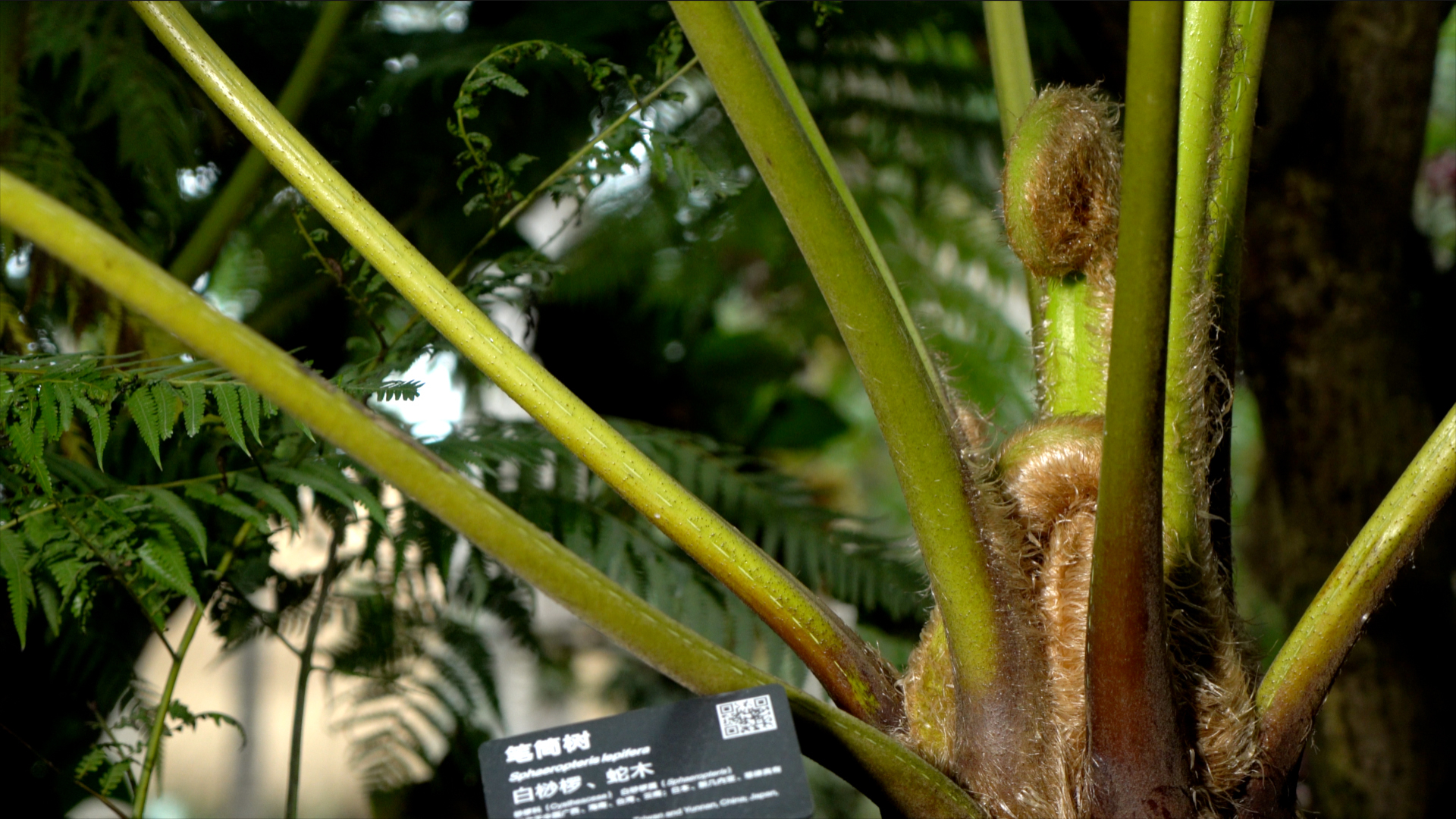
The fronds of Sphaeropteris lepifera. /CGTN Photo
The fronds of Sphaeropteris lepifera. /CGTN Photo
Found in southern China as well as the Philippines and New Guinea, Sphaeropteris lepifera can grow as tall as 15 meters. Its characteristically long fiddleheads have won the species a fancy name – the flying spider-monkey fern. The fronds of the fern emerging from the center resemble the arms of a flying monkey as it soars from branch to branch.
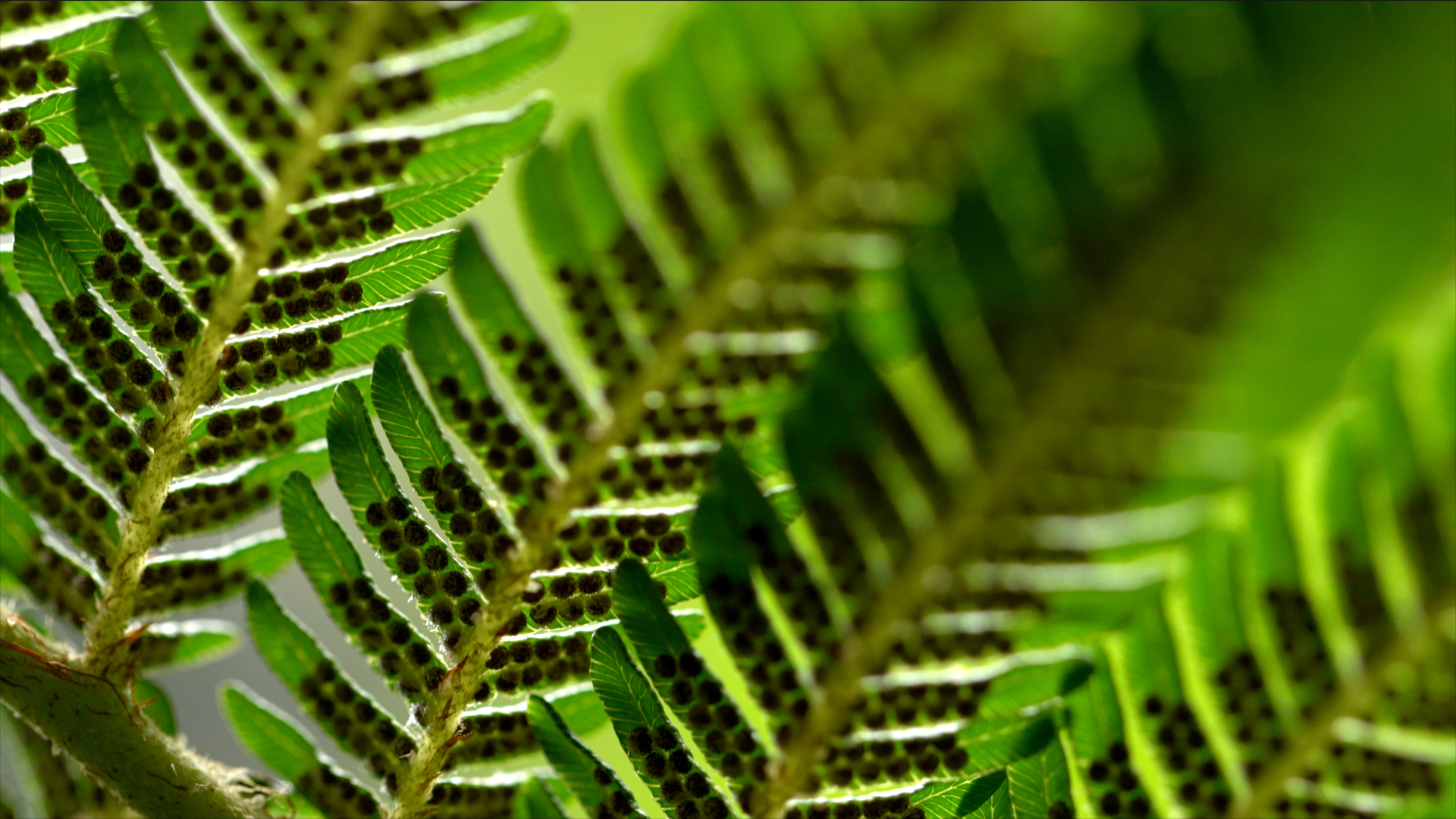
Spores underneath the fronds. /CGTN Photo
Spores underneath the fronds. /CGTN Photo
As a tropical fern, Nephrolepis biserrata is endemic to Central America, South America, Africa, and Southeast Asia. It's well-known as the great sword fern due to its impressive wingspan, with fronds growing three to four feet long.

Fronds of Nephrolepis biserrata. /CGTN Photo
Fronds of Nephrolepis biserrata. /CGTN Photo
Nephrolepis biserrata is an ideal plant for landscaping or decorating. It's perfectly suitable for hanging baskets due to its long fronds and hairy, hanging rhizomes. The Nephrolepis biserrata's hanging rhizomes can catch mist to keep the plant hydrated.
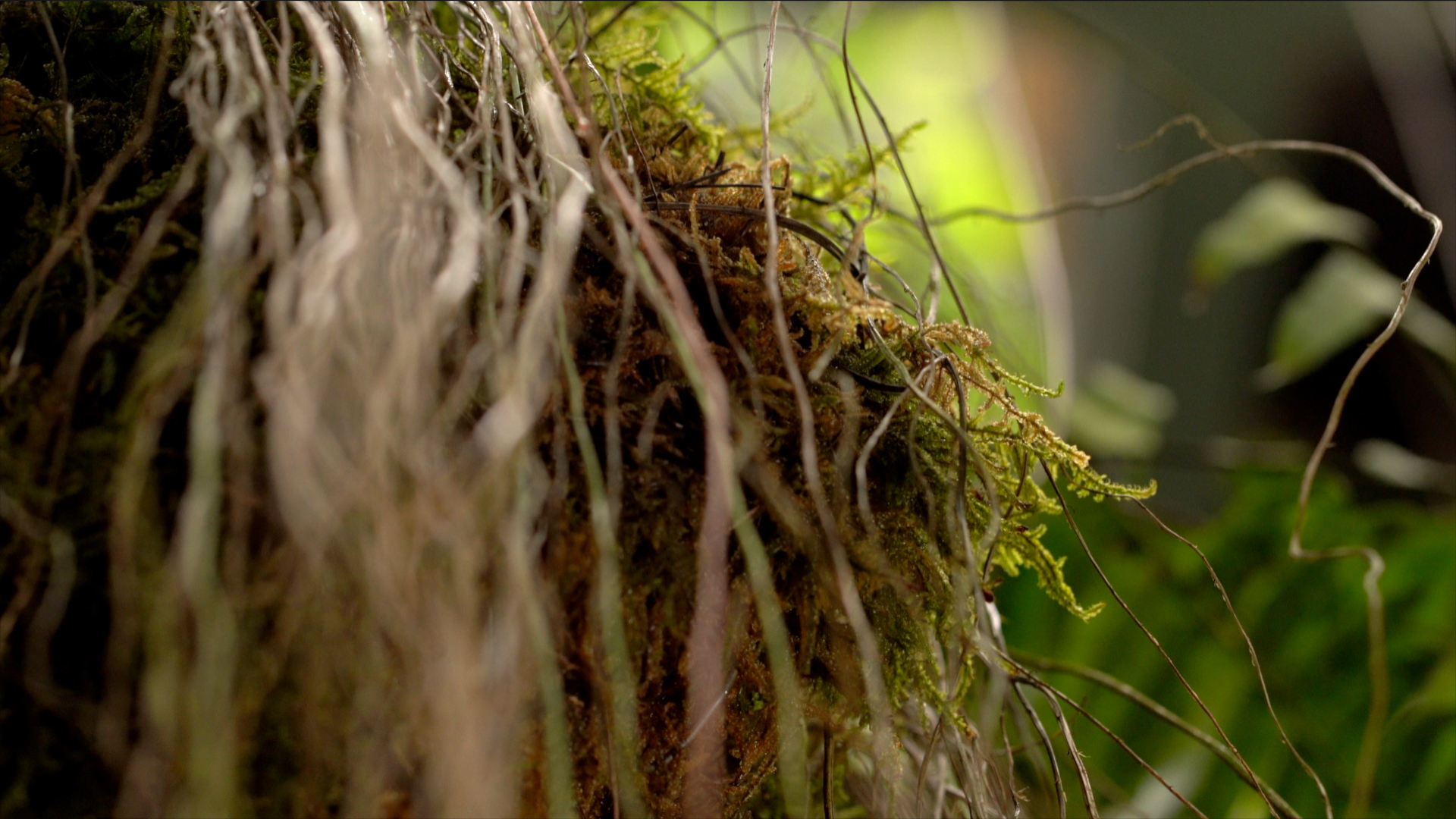
The hanging rhizomes of Nephrolepis biserrata. /CGTN Photo
The hanging rhizomes of Nephrolepis biserrata. /CGTN Photo
In the next episode of Fantastic Plants, we'll take a look at the succulents, which have learned to survive in hostile environment by saving water in unique ways.